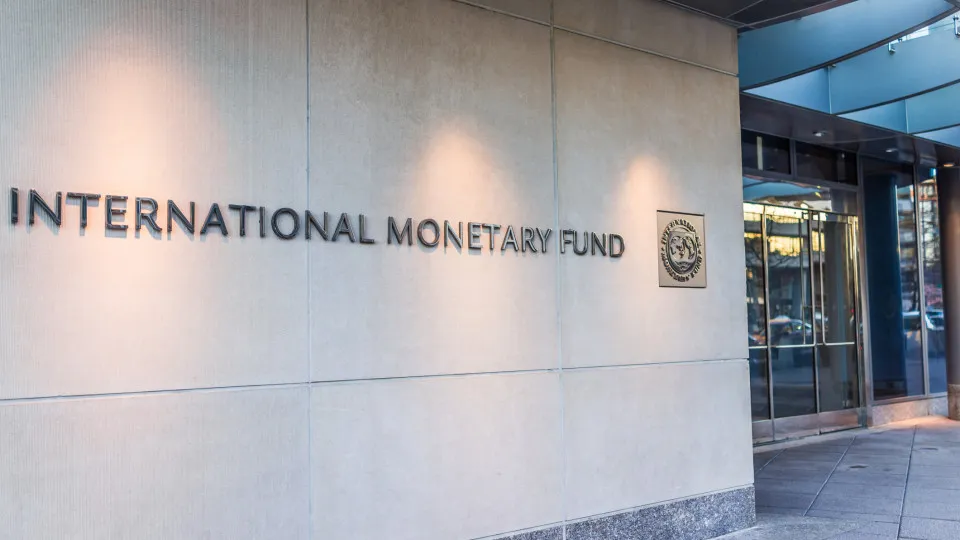
“Global growth is projected to slow from 3.3% in 2024 to 3.2% in 2025 and to 3.1% in 2026,” the document states, noting that “the growth forecast shows little change” from July 2025, “reflecting a gradual adaptation to trade tensions.”
Despite this adaptation, the global economy’s growth “is decisively below the pre-pandemic average of 3.7%,” the institution warns.
On one hand, the global economy “demonstrated resilience to trade policy shocks, partly because these shocks materialized on a smaller scale than expected initially,” but on the other hand, “the impact of policy changes is becoming visible in more recent data.”
The IMF projects growth in advanced economies to be 1.6% in both 2025 and 2026, an upward revision of 0.1 percentage points (pp) for this year compared to July.
For the U.S., the forecast is for growth of 2% this year and 2.1% next year, both an upward revision of 0.1 pp, due to lower effective tariffs, fiscal boost from the approval of a tax deductions law, and the easing of financial conditions, according to the IMF.
Meanwhile, the eurozone is expected to grow by 1.2% this year, an upward revision of 0.2 pp, while the projection for 2026 is revised downward to 1.1%.
The institution also has forecasts for trade, projecting that global trade will decrease modestly over the five-year forecast horizon.
“Trade policy uncertainty remains high in the absence of clear, transparent, and lasting agreements among trade partners—and with attention beginning to shift from the eventual tariff level to the impact on prices, investment, and consumption,” the document reads.




